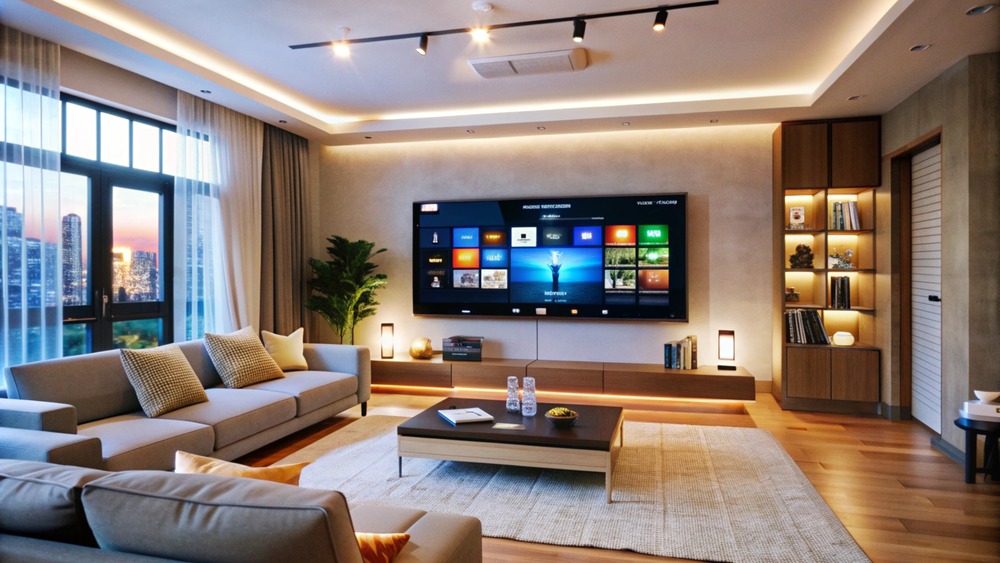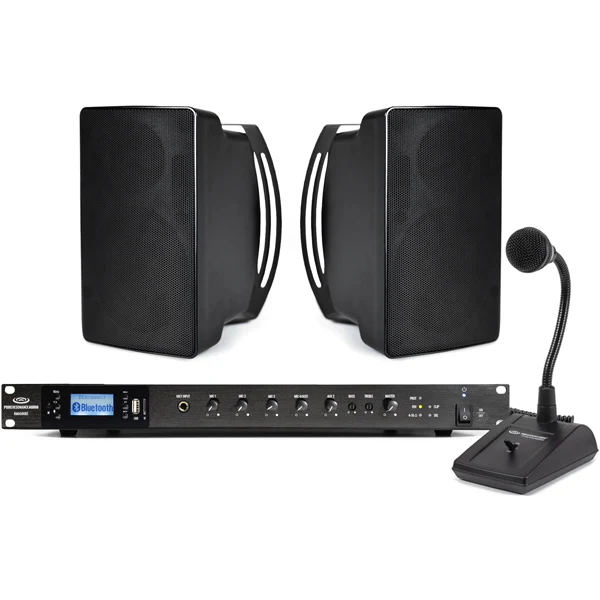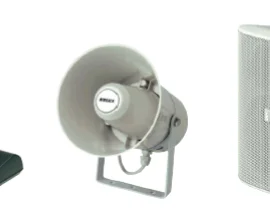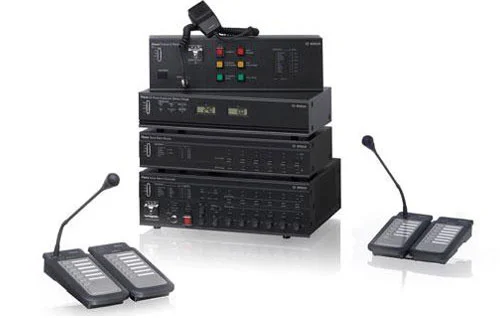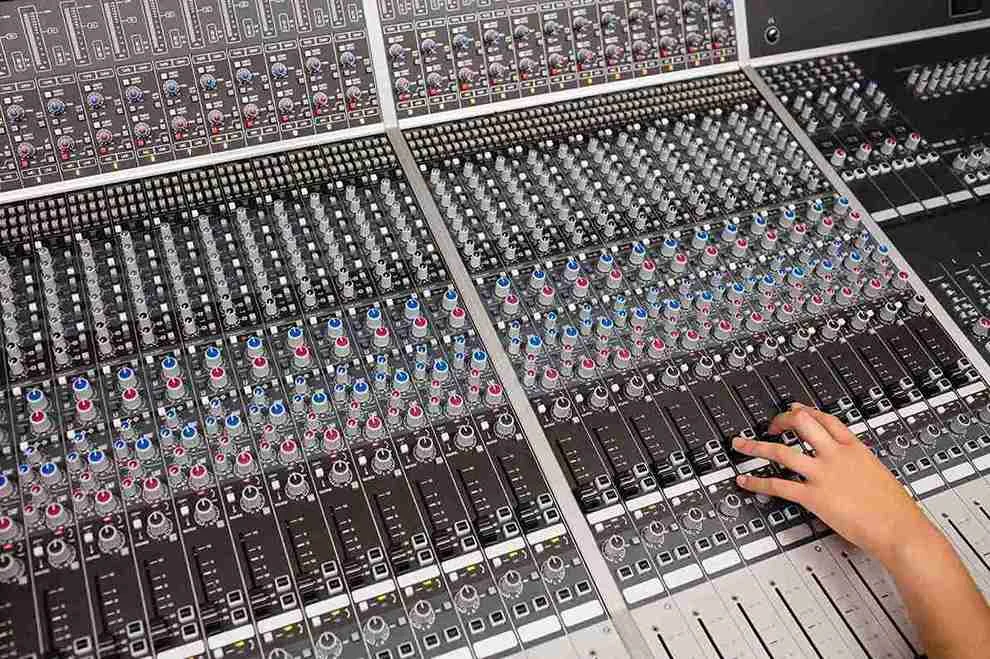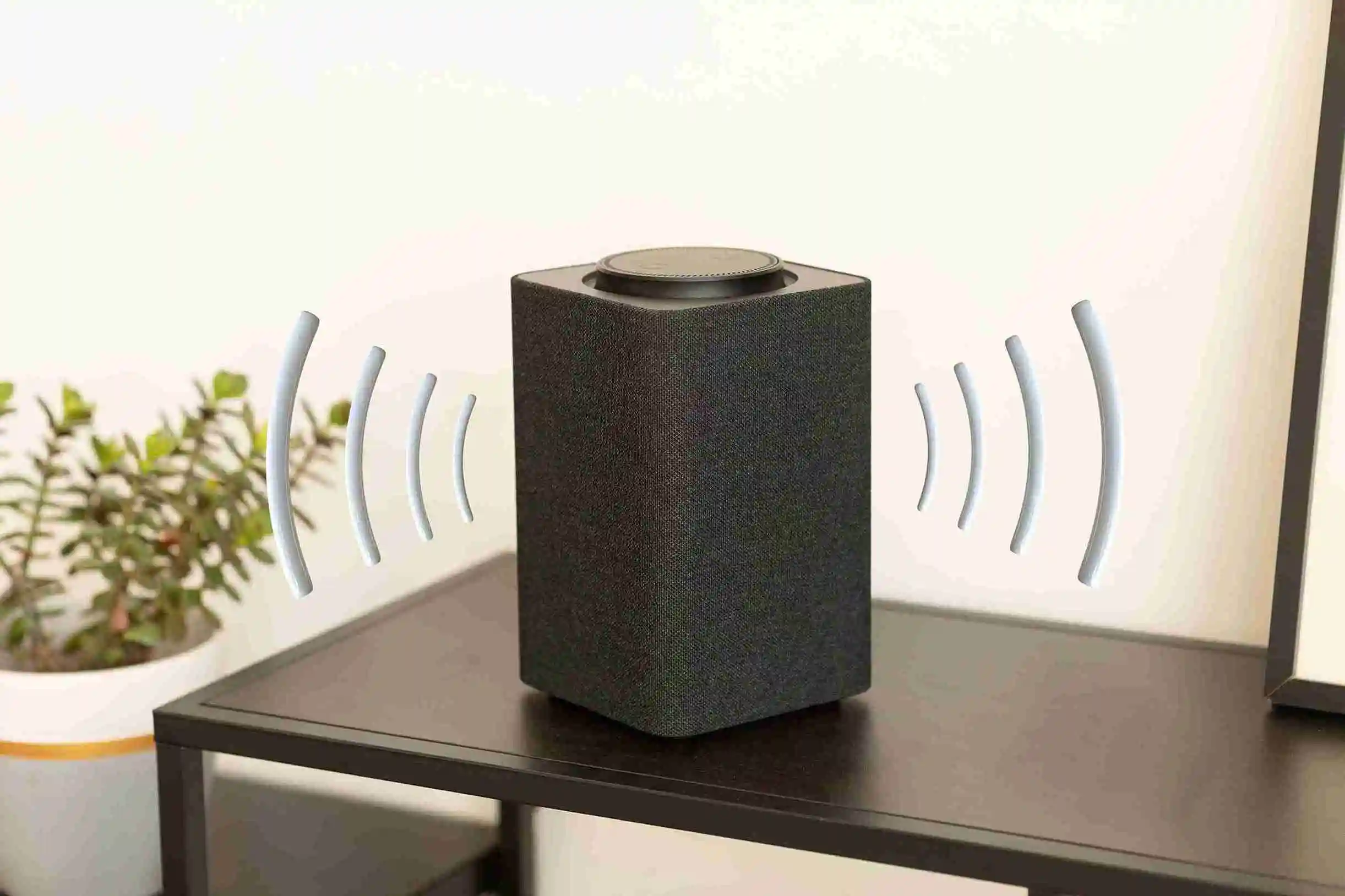When setting up a home theater system, the Audio-Visual Receiver (AVR) plays a pivotal role in delivering an immersive audio and visual experience. The AVR acts as the hub, connecting all your devices, processing audio and video signals, and ensuring that your speakers and display work harmoniously. Choosing the right AVR can be a daunting task given the multitude of options available, each with varying features and capabilities. This guide will help you navigate the key considerations when selecting the perfect AVR for your home theater system.PA System for Warehouses
- Determine Your Speaker Configuration
The first step in choosing an AVR is to determine the number of speakers in your setup. Common configurations include 5.1 (five speakers and one subwoofer), 7.1, and even 9.2 for more advanced systems. The AVR you choose should support the number of channels you require. For instance, a 7.1 system requires an AVR with at least seven channels.
Key Considerations:
– 5.1 System: Ideal for smaller rooms or setups with limited space. Most AVRs support this configuration.
– 7.1 System: Provides a more immersive experience with additional surround sound speakers.
– 9.2 or Higher: Offers the most immersive experience with additional height channels, often used for Dolby Atmos or DTS:X setups.
- Consider the Power Output
The power output of an AVR, measured in watts per channel, determines how much power is delivered to your speakers. It’s important to choose an AVR with sufficient power to drive your speakers effectively, especially in larger rooms where more power is needed to fill the space with sound.
Key Considerations:
– Speaker Sensitivity: Higher sensitivity speakers require less power, while lower sensitivity speakers require more power to achieve the same volume level.
– Room Size: Larger rooms generally require more powerful AVRs to ensure consistent sound levels throughout the space.
- Look for the Latest Audio and Video Formats
To future-proof your home theater system, ensure that the AVR supports the latest audio and video formats. This includes support for 4K, 8K, HDR (High Dynamic Range), Dolby Atmos, DTS:X, and HDMI 2.1. These features ensure that your AVR can handle the latest content with the best possible quality.
Key Considerations:
– 4K/8K and HDR Support: Necessary for modern TVs and projectors, providing superior picture quality.
– Dolby Atmos and DTS:X: For an immersive audio experience, look for AVRs that support these advanced surround sound formats.
- Assess Connectivity Options
Your AVR should have enough inputs and outputs to accommodate all your devices, including gaming consoles, Blu-ray players, streaming devices, and more. Consider the number of HDMI inputs, the presence of optical and coaxial inputs, and whether the AVR supports wireless connectivity like Bluetooth or Wi-Fi.
Key Considerations:
– HDMI Inputs: Ensure the AVR has enough HDMI inputs for all your devices, and look for HDMI eARC support for better audio quality.
– Wireless Connectivity: Bluetooth and Wi-Fi support allow for wireless streaming from smartphones, tablets, and other devices.
- Consider the Room Calibration Features
Many modern AVRs come with room calibration features that automatically adjust the audio output to suit the acoustics of your room. This can greatly enhance the audio experience by compensating for the shape and size of the room, speaker placement, and other factors.
Key Considerations:
– Automatic Calibration: Look for AVRs with automatic calibration tools like Audyssey, YPAO, or Dirac Live for optimal sound quality.
– Manual Adjustments: Some AVRs also allow for manual adjustments, giving you greater control over the sound.
- Evaluate the User Interface and Ease of Use
The user interface of the AVR should be intuitive and easy to navigate. A cluttered or confusing interface can make it difficult to adjust settings or switch between inputs. Look for AVRs with well-designed on-screen menus, clear remote controls, and, if possible, compatibility with smartphone apps for easier control.
Key Considerations:
– On-Screen Display: A clear and intuitive on-screen display makes it easier to manage settings and configurations.
– Remote Control: Ensure the remote is user-friendly and provides quick access to commonly used functions.
- Budget Considerations
Finally, your budget will play a significant role in determining which AVR is right for you. While it’s tempting to go for the highest-end model, it’s important to balance your needs with your budget. Focus on the features that are most important for your home theater experience, and choose an AVR that fits within your financial plan.
Key Considerations:
– Essential Features: Prioritize features that are crucial for your setup, such as the number of channels, power output, and format support.
– Future-Proofing: Consider investing slightly more in an AVR that offers the latest technologies, ensuring it remains relevant for years to come.
Conclusion
Choosing the right AVR for your home theater system involves careful consideration of your speaker configuration, power needs, supported formats, connectivity options, and budget. By focusing on these factors, you can select an AVR that not only meets your current needs but also enhances your overall entertainment experience PA System for Warehouses.
If you’re looking for expert advice or want to explore the latest AVRs, you can always contact AudioCare for personalized consultation and access to the best AVRs on the market. We’re here to help you create the ultimate home theater experience.

